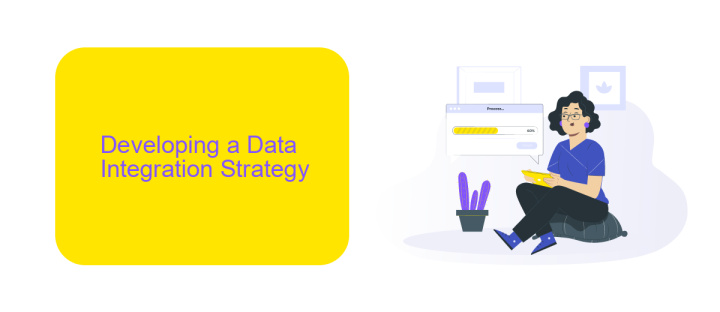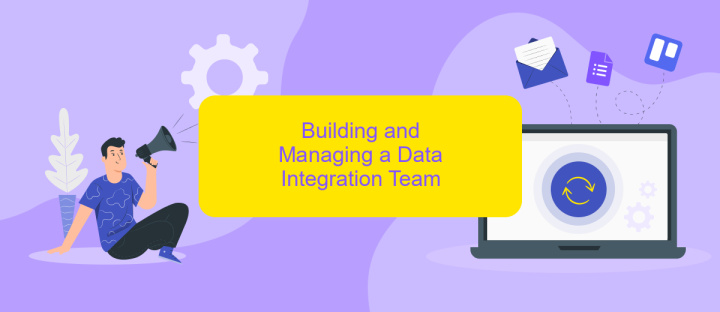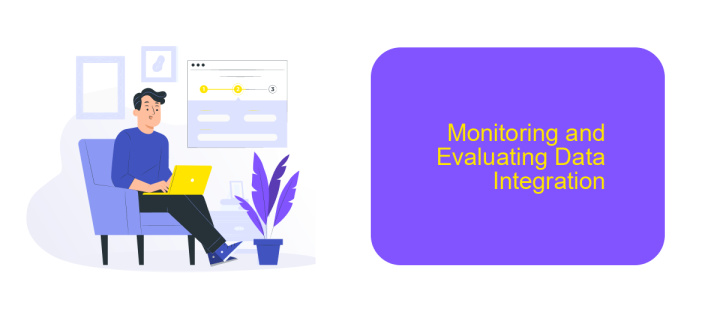Hire Data Integration Engineers
In today's data-driven world, hiring skilled data integration engineers is crucial for businesses aiming to harness the full potential of their data. These professionals ensure seamless data flow between systems, enabling informed decision-making and operational efficiency. This article explores the key qualities to look for when hiring data integration engineers and how they can drive your organization's success.
Hiring and Onboarding
Hiring Data Integration Engineers requires a strategic approach to identify candidates with the right technical skills and cultural fit. Start by defining the job requirements and key responsibilities clearly. Utilize various recruitment channels such as job boards, social media, and professional networks to reach a broad audience.
- Conduct thorough technical interviews to assess candidates' proficiency in data integration tools and methodologies.
- Evaluate their problem-solving abilities and experience with specific platforms, such as ApiX-Drive.
- Check references to ensure a history of successful data integration projects.
Once hired, onboarding is crucial for integrating new engineers into your team. Provide comprehensive training on your existing systems and workflows. Introduce them to tools like ApiX-Drive, which can streamline data integration processes and enhance productivity. Regular check-ins and feedback sessions will help new hires acclimate and contribute effectively to your projects.
Developing a Data Integration Strategy

Developing a data integration strategy is a critical step for any organization aiming to streamline its data processes and ensure seamless information flow. The first step involves identifying the key data sources and understanding their formats, frequencies, and connection requirements. This foundational analysis allows for the selection of appropriate tools and technologies, such as ETL (Extract, Transform, Load) platforms, to facilitate the integration process. Additionally, defining clear objectives and outcomes for the integration effort ensures that all stakeholders are aligned and that the strategy supports the overall business goals.
Once the groundwork is laid, it's essential to choose the right integration services to execute the strategy effectively. Tools like ApiX-Drive can be instrumental in automating data transfers between various systems without the need for extensive coding. ApiX-Drive supports a wide range of applications and can significantly reduce the time and effort required for data integration. By leveraging such services, organizations can achieve real-time data synchronization, enhance data accuracy, and ultimately make more informed decisions. Continuous monitoring and optimization of the integration processes are also crucial to adapt to changing business needs and technological advancements.
Building and Managing a Data Integration Team

Building and managing a data integration team requires a strategic approach to ensure seamless data flow across various systems. Start by identifying the key skills and expertise needed, such as proficiency in ETL processes, data warehousing, and familiarity with integration tools like ApiX-Drive. This will help you create a comprehensive job description that attracts the right talent.
- Define clear roles and responsibilities for each team member.
- Invest in training and development to keep the team updated with the latest technologies.
- Implement robust project management practices to streamline workflows.
- Utilize integration tools like ApiX-Drive to automate and simplify data processes.
- Regularly review and optimize data integration strategies for efficiency.
Effective communication and collaboration are crucial for a successful data integration team. Encourage regular meetings and feedback sessions to address any challenges promptly. By leveraging tools like ApiX-Drive, you can automate repetitive tasks, allowing your team to focus on more strategic initiatives. This holistic approach ensures that your data integration efforts are both efficient and scalable.
Monitoring and Evaluating Data Integration

Effective monitoring and evaluating of data integration processes are crucial for ensuring the accuracy and efficiency of data flows within an organization. By implementing robust monitoring systems, businesses can quickly identify and rectify any issues that may arise during data transfer, thereby minimizing downtime and maintaining data integrity.
One of the key aspects of monitoring data integration is setting up real-time alerts and notifications. These alerts help teams to stay informed about the status of data transfers and take immediate action in case of any discrepancies. Additionally, regular audits and performance reviews can help in identifying potential bottlenecks and optimizing the integration processes.
- Set up real-time alerts and notifications
- Conduct regular audits and performance reviews
- Utilize data integration tools like ApiX-Drive for seamless monitoring
- Implement automated error detection and correction mechanisms
Using tools like ApiX-Drive can significantly enhance the monitoring and evaluation process. ApiX-Drive offers a user-friendly interface and robust features that enable seamless integration and real-time monitoring of data flows. By leveraging such tools, organizations can ensure that their data integration processes are efficient, reliable, and scalable.
- Automate the work of an online store or landing
- Empower through integration
- Don't spend money on programmers and integrators
- Save time by automating routine tasks
Continuous Improvement and Innovation
Continuous improvement and innovation are crucial for maintaining the efficiency and effectiveness of data integration processes. By regularly evaluating and updating integration strategies, businesses can ensure they are leveraging the latest technologies and methodologies. This proactive approach helps in identifying and addressing potential issues before they become problematic, thus maintaining seamless data flow across systems. Encouraging a culture of innovation within the team can lead to creative solutions and improvements that enhance overall performance.
One effective way to achieve continuous improvement is by utilizing advanced tools and services like ApiX-Drive. ApiX-Drive offers a user-friendly platform for automating data integration tasks, reducing manual effort and minimizing errors. By integrating ApiX-Drive into your workflow, you can streamline processes and focus on strategic initiatives. Regularly updating and fine-tuning these integrations ensures that your systems remain agile and responsive to changing business needs. Embracing such innovative solutions not only optimizes current operations but also positions your organization for future growth and success.
FAQ
What skills should a Data Integration Engineer have?
How can I ensure the data integration process is secure?
What are the benefits of automating data integration?
How do I choose the right data integration tool?
What are the common challenges in data integration?
Apix-Drive is a simple and efficient system connector that will help you automate routine tasks and optimize business processes. You can save time and money, direct these resources to more important purposes. Test ApiX-Drive and make sure that this tool will relieve your employees and after 5 minutes of settings your business will start working faster.


